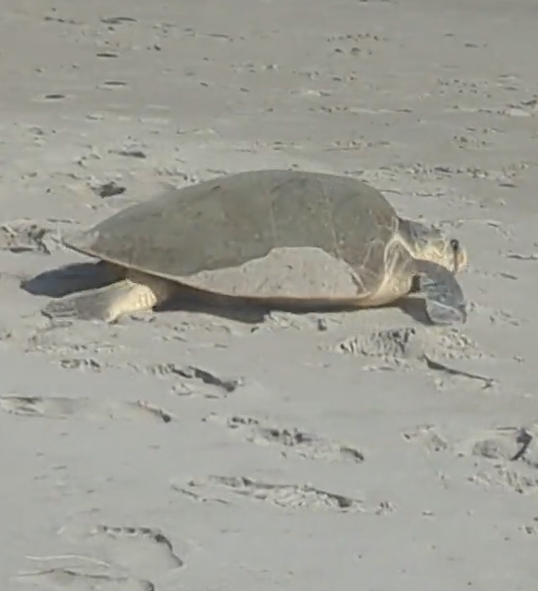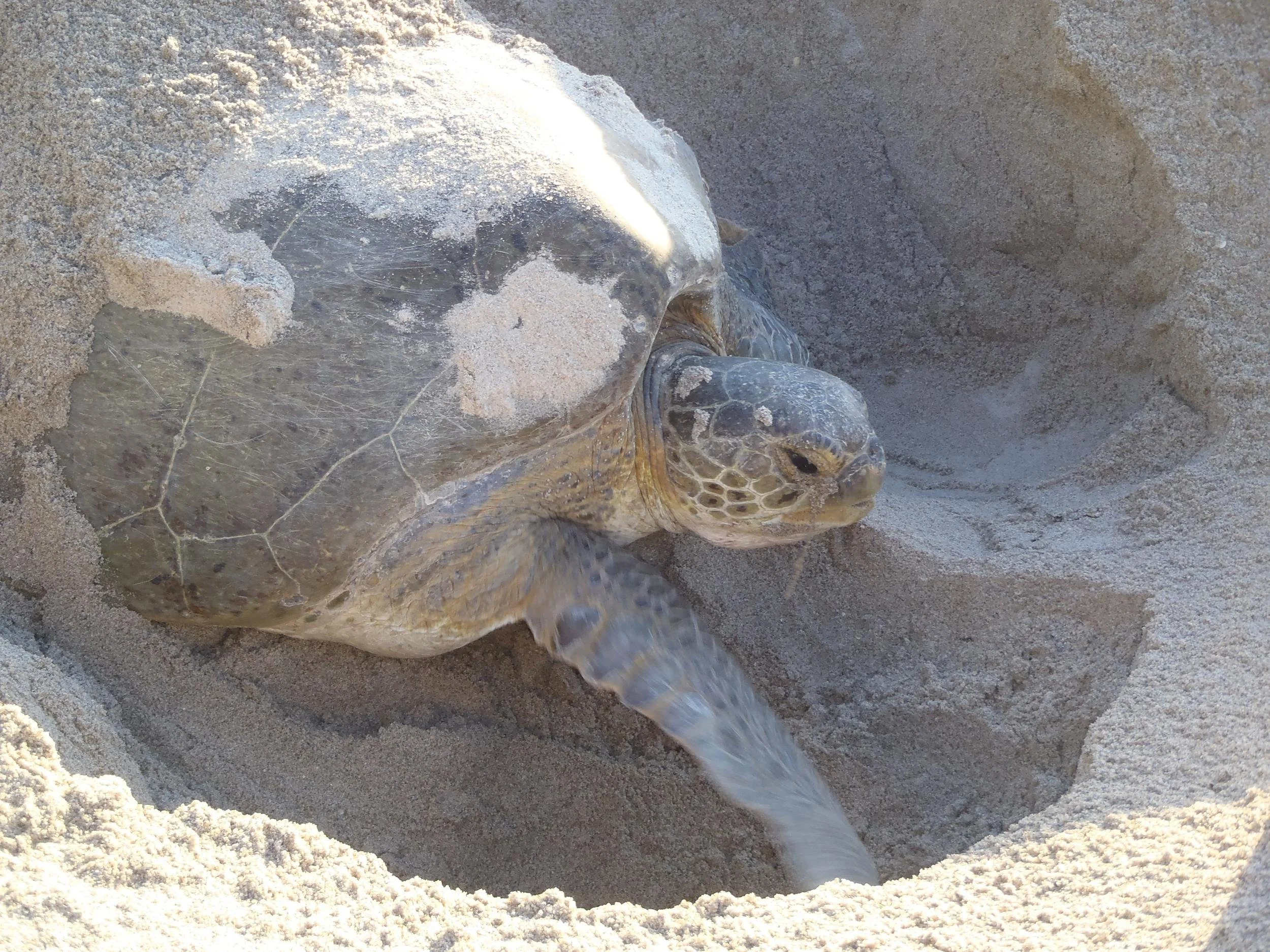Welcome!
Network for Endangered Sea Turtles
Conservation through education, rescue, and community collaboration to safeguard the future of endangered sea turtles
Our Major Supporters
Our Mission:
Protect Sea Turtles
We protect and conserve sea turtles on the Outer Banks of North Carolina from the Virginia state line to South Nags Head. We accomplish these efforts through nest management, stranding response, rehabilitation and release efforts, the collection of scientific data and research. We also foster greater understanding and appreciation of sea turtles and their habitats through enhanced public awareness and education.
The sea turtles in our area are listed as threatened or endangered under the U.S. Endangered Species Act and we operate under a permit issued by the North Carolina Wildlife Resources Commission.
Sea turtles are not only fascinating ancient creatures that have roamed our oceans for over 100 million years, but they also play a critical role in maintaining marine ecosystems. Their presence and behaviors directly influence the health of habitats such as coral reefs, seagrass beds, and sandy beaches. Protecting sea turtles is essential for preserving the delicate balance of life beneath the waves and ensuring the sustainability of ocean biodiversity.
Sea Turtles contribute to Marine Health in a number of different ways. Some of them are crucial for the planet. For example:
-
Sea turtles, especially Green turtles, feed on seagrass, keeping it short and healthy. This prevents seagrass from becoming overgrown and enhances its productivity, which is vital for fish, shellfish, and other marine species that depend on it for food and habitat.
-
Hawksbill turtles consume sponges on coral reefs, which prevents sponges from overgrowing and smothering corals. This promotes healthy coral reef growth, crucial for supporting diverse marine life.
-
Leatherback turtles are among the few species that feed on jellyfish. By controlling jellyfish populations, they help maintain the balance of the food web and prevent jellyfish blooms, which can harm fish stocks and disrupt ocean ecosystems.
-
Sea turtles also contribute to nutrient cycling on sandy beaches. Their nests, which sometimes fail to hatch, provide essential nutrients for coastal vegetation, strengthening dune ecosystems and protecting shorelines.
Key Facts About Sea Turtles














